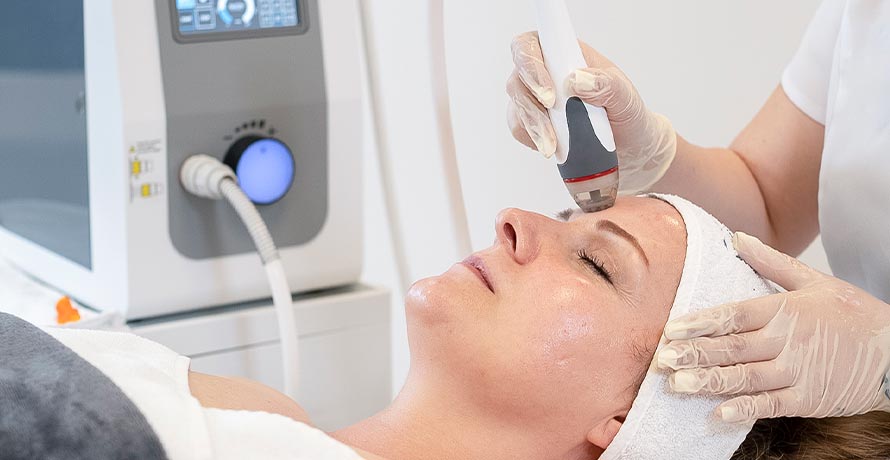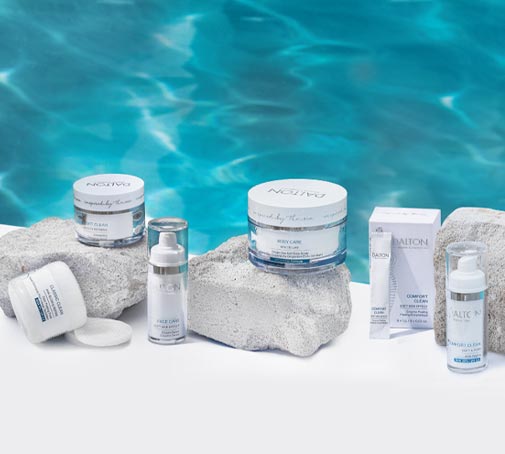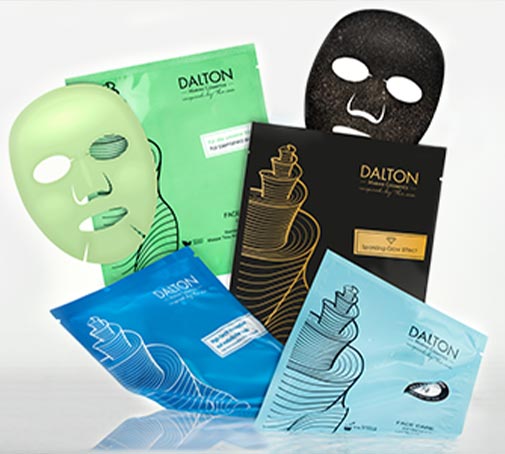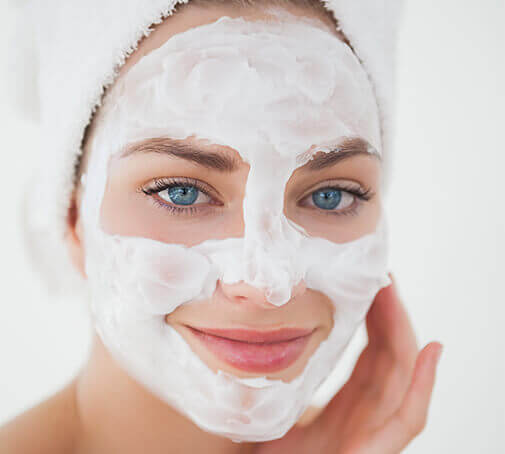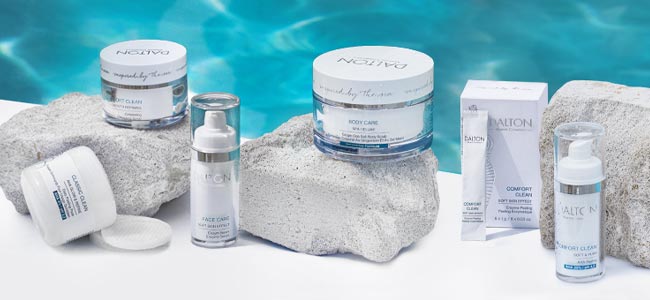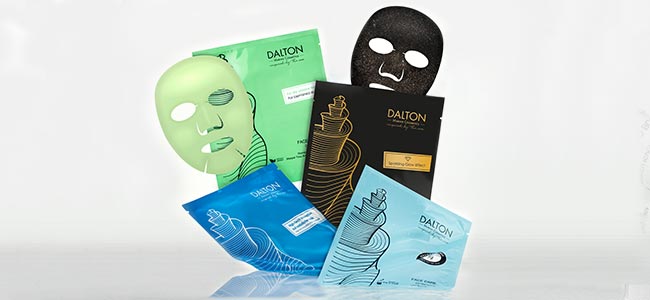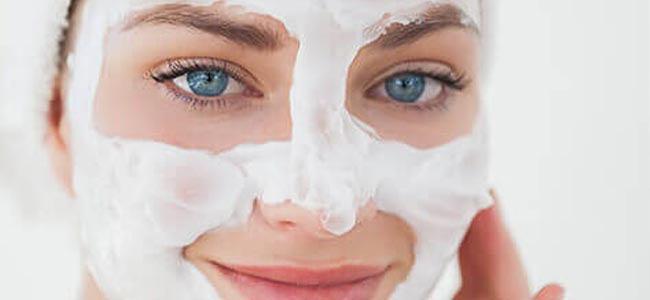
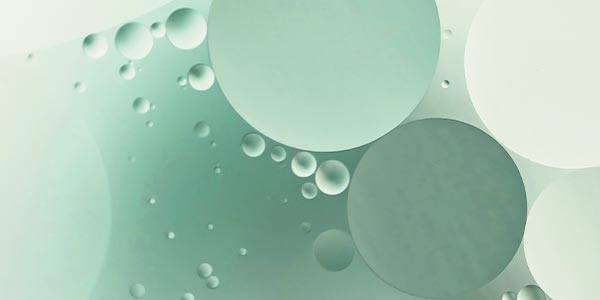
Chemical Peels
Anyone who wishes for radiant skin should definitely have heard of chemical peels. Here's a closer look at what they are and how they really work
What are Chemical Peels?
Chemical peels utilize a mix of different acids like fruit-derived acids or salicylic acid, which work much deeper in the skin and can achieve greater effects than traditional mechanical peels or enzymatic peels. Depending on which type of acid is used, acid-based peels are suitable for a wide range of skin types. From oily to dry skin to fine lines and wrinkles - chemical peels can address and benefit all kinds of skin issues and beauty goals. However, keep in mind that the concentration of acids is not the only thing you want to consider. Rather, the product's pH is also critical to whether it allows for a deep peel or not. Products with a higher pH level are generally milder than products with a low pH. We'll talk about the different types of products later. First, we want to show you why chemical peels are so effective.
How do they work?
Chemical peels, enzyme peels, mechanical peels - What do all of these skin peels have in common? They remove dead skin cells from the top layer of skin, combat dullness and generally improve skin tone and texture.
Chemical peels do not contain any physical abrasives and do not require scrubbing. Nevertheless, they are able to reach down to the deeper layers of the skin, resurface the skin and replenish the skin's moisture levels.
By the way, chemical peels include AHA, BHA and PHA products. As a rule, they can be used for the face as well as the body, either over larger areas or just on certain parts of the skin you want to target.


Peeling for all skin types?
Chemical peel treatments are suitable for many different skin types, including dry skin, oily and acne-prone skin and mature skin. Even sensitive skin and skin prone to redness can benefit from mild formulations. AHAs (alpha hydroxy acids) are also known to help minimize the appearance of dark spots, uneven skin texture and acne scars. Plus, they provide anti-aging benefits that can reduce the look of fine lines and wrinkles as well.
Peeling for all skin types?
Chemical peel treatments are suitable for many different skin types, including dry skin, oily and acne-prone skin and mature skin. Even sensitive skin and skin prone to redness can benefit from mild formulations. AHAs (alpha hydroxy acids) are also known to help minimize the appearance of dark spots, uneven skin texture and acne scars. Plus, they provide anti-aging benefits that can reduce the look of fine lines and wrinkles as well.
Types of chemical skin peels
Once you have decided to try chemical peeling, you first have to find out which chemical works best for your skin type and concerns. AHA, BHA or PHA? Which cosmetic treatment should you choose and what do these acronyms even mean?
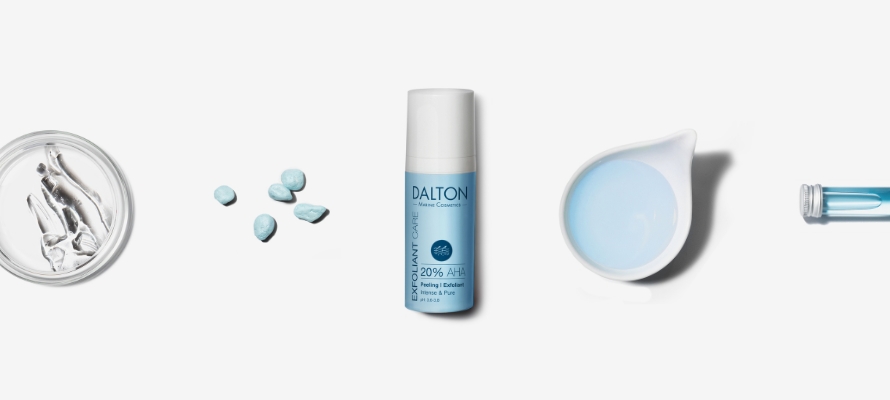

AHA Peels
AHA stands for alpha hydroxy acid. Alpha hydroxy acids occur naturally in many fruits and they include, among others, glycolic acid, malic acid, tartaric acid, mandelic acid and citric acid. If your skin is prone to breakouts, blackheads or dark spots, an AHA peel might be your best choice.
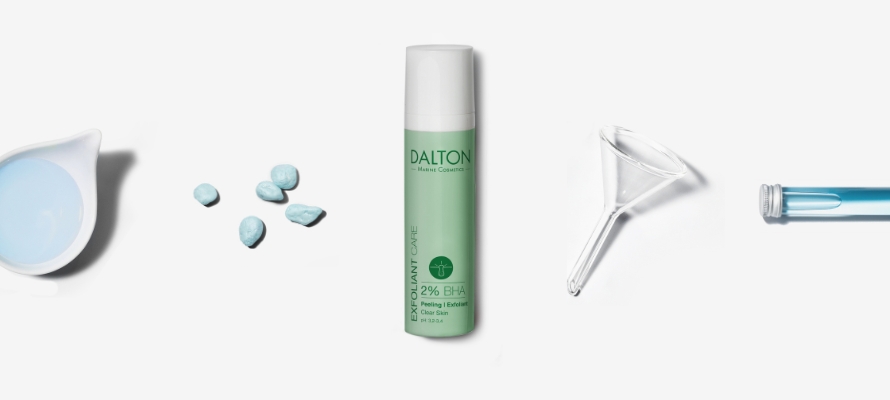

BHA peels
Beta hydroxy acid (BHA) is more commonly known as salicylic acid. BHA peels are very suitable for oily and blemish-prone skin.
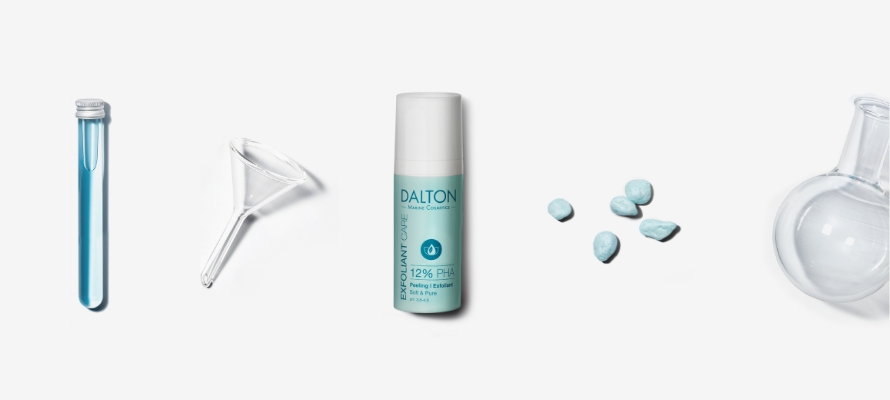

PHA peels
Poly-hydroxy acids (PHA) consist of gluconolactone or lactobionic acid. They are effective, yet particularly gentle exfoliants and therefore ideal for easily irritated and sensitive skin. Most people can use PHA peels without any side effects.


AHA Peels
AHA stands for alpha hydroxy acid. Alpha hydroxy acids occur naturally in many fruits and they include, among others, glycolic acid, malic acid, tartaric acid, mandelic acid and citric acid. If your skin is prone to breakouts, blackheads or dark spots, an AHA peel might be your best choice.


BHA peels
Beta hydroxy acid (BHA) is more commonly known as salicylic acid. BHA peels are very suitable for oily and blemish-prone skin.
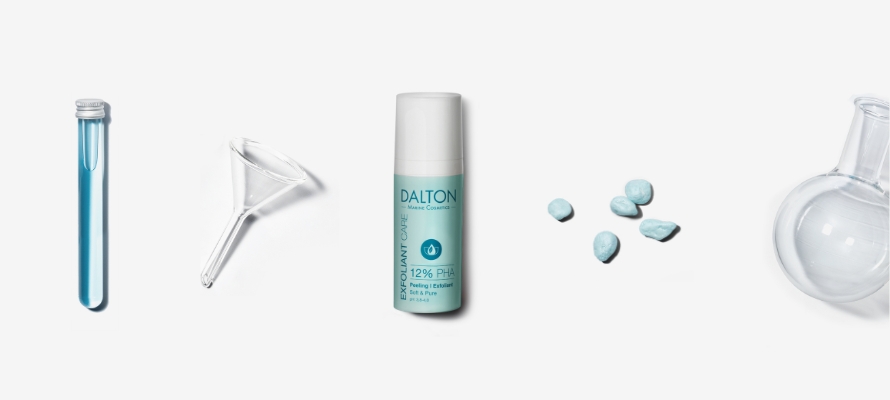

PHA peels
Poly-hydroxy acids (PHA) consist of gluconolactone or lactobionic acid. They are effective, yet particularly gentle exfoliants and therefore ideal for easily irritated and sensitive skin. Most people can use PHA peels without any side effects.
How to use
Chemical peels are easy to incorporate into any beauty routine, whether you want to address certain skin issues or just keep your skin smooth and healthy-looking. Depending on which peel you are using, you can apply it 1-3 times a week. it is best to apply it in the evening, because afterwards the skin is more sensitive to the sun. That is why you should use a sunscreen with at least SPF 30 the next morning.
20% AHA Peeling
The lightweight exfoliating gel with a 20% concentration of AHAs exfoliates superficial skin cells, strengthens the skin's acid mantle, boosts collagen production and ensures a balanced moisture level. Apply once a week or every 10 days for 3 to 20 minutes maximum. Remove afterwards.
AHA Exfoliating Pads
Our pre-soaked AHA exfoliating pads are designed for daily use. If used regularly, they provide a natural glow, make the skin look clearer and they can reduce clogged pores and blackheads.
Professional chemical peel
In addition to using gentle chemical peel products at home, we recommend booking a professional treatment at your local beauty salon or aesthetician’s office. Skincare professionals can offer deep peels with higher concentrations of acids in addition to personalized advice – for maximum results.
Professional chemical peel
In addition to using gentle chemical peel products at home, we recommend booking a professional treatment at your local beauty salon or aesthetician’s office. Skincare professionals can offer deep peels with higher concentrations of acids in addition to personalized advice – for maximum results.
Chemical Peels - Dos and Don'ts
- Wear sunscreen with a high SPF – even under your make-up
- Start slowly and give your skin time to adjust
- Less is more. Apply sparingly!
- Avoid sun exposure after the peel: The skin is much more susceptible to sun damage
- The peel’s effectiveness does not just depend on the concentration of acids! The product’s pH value is also important
- Autumn and winter are the perfect time for a chemical peel
- Do not use if you have inflammatory conditions (e.g. herpes)
- Wear sunscreen with a high SPF – even under your make-up
- Start slowly and give your skin time to adjust
- Less is more. Apply sparingly!
- Avoid sun exposure after the peel: The skin is much more susceptible to sun damage
- The peel’s effectiveness does not just depend on the concentration of acids! The product’s pH value is also important
- Autumn and winter are the perfect time for a chemical peel
- Do not use if you have inflammatory conditions (e.g. herpes)
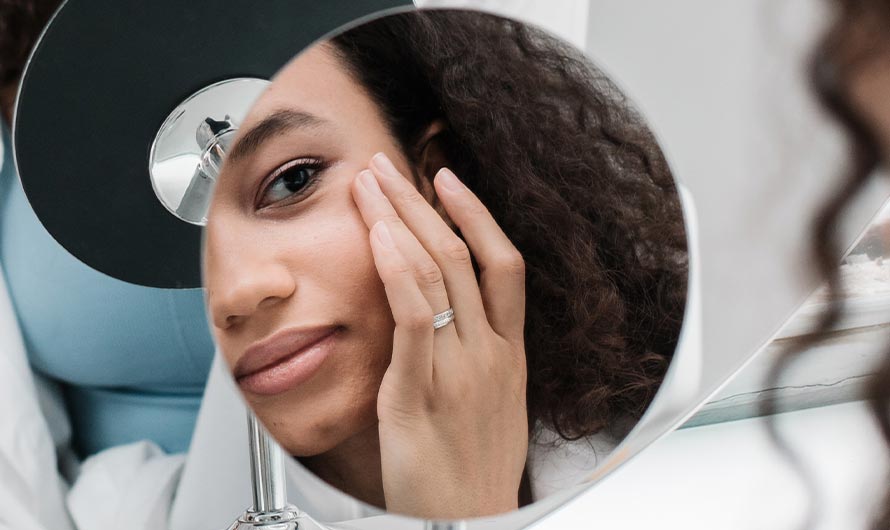

True or false?
Take the quiz!
Just like other exfoliants, chemical peels should be used once or twice a week.
False! You could irritate your skin if you use a chemical peel more frequently than once a week. Exception: If you are planning an intensive AHA treatment, you can peel 2 to 3 times a week over a period of 4 weeks.
Chemical peels can only be done in-office.
False! There are at-home chemical peels, which are gentler and contain a weaker concentration of acids than peels that are typically done by an aesthetician. Still, they are a great way to improve your skin from the comfort of your home and they can also help to get your skin used to exfoliating acids, before getting a professional chemical peel.
Chemical peels can reduce lines and wrinkles.
True! Chemical peels can make the skin appear fimer and reduce the appearance of wrinkles.
True or false?
Take the quiz!
Just like other exfoliants, chemical peels should be used once or twice a week.
False! You could irritate your skin if you use a chemical peel more frequently than once a week. Exception: If you are planning an intensive AHA treatment, you can peel 2 to 3 times a week over a period of 4 weeks.
Chemical peels can only be done in-office.
False! There are at-home chemical peels, which are gentler and contain a weaker concentration of acids than peels that are typically done by an aesthetician. Still, they are a great way to improve your skin from the comfort of your home and they can also help to get your skin used to exfoliating acids, before getting a professional chemical peel.
Chemical peels can reduce lines and wrinkles.
True! Chemical peels can make the skin appear fimer and reduce the appearance of wrinkles.

